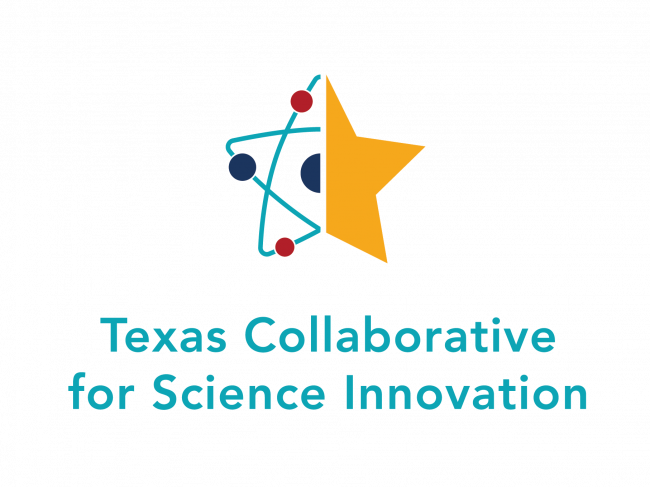Most people have seen themselves in two camps – “I’m a science person.” OR “I’m not a science person.” It sounds harmless, but this mentality is having an immeasurable effect on teaching, learning, and advancing today’s K-12 students into tomorrow’s workforce in STEM fields.
Students who falsely determine too early that they’re not “science people” are the least likely to take advanced classes in STEM while in school and access exciting, high paying job opportunities in science and technology when they graduate.
For a long time, the way that K-12 science education has been organized has limited its potential to inspire our kids at scale. Historically, state standards have emphasized a wide breadth of science facts at the expense of scientific skills. As a result, classroom teachers are caught in a bind of covering topics and facts instead of providing students with engaging experiences of how science is actually done.
Many states have revised their Science/STEM curriculum standards to achieve better student learning outcomes and a more competitive STEM workforce. A guiding resource for these developments and referenced by many science education leaders is A Framework for K-12 Science Education, which is directly designed to address this situation, and eliminate the idea that a student either is or is not a “science person.”
In Texas, our new Science TEKS are designed to make the process scientists go through to observe, analyze, and draw conclusions about phenomena the instructional model for classroom teaching and learning. In theory, students in Texas science classrooms will spend more classroom time in lab coats doing the work of “science people.” What we know about teacher education is that the type of inquiry-based learning is difficult to plan for and to execute. Learning it, practicing it, doing it, honing it, and sustaining it will require professional development time out of the classroom and significant district systems of support.
This is the context in which we are designing TxCSI. Our primary focus is on equipping district science leadership teams with what they need to:
- Implement an instructional model aligned to the new Science TEKS
- Build internal capacity to support ongoing teacher learning and continuously improve Science instruction
- Learn from best practice research on how to review new Science instructional materials
- Lead other districts in making these research-based changes by sharing resources and storytelling
This September our core cohort of up to five district teams (chief instructional officers, science coordinators, lead teachers, etc.) will come together to kickoff two years of quarterly professional learning to upskill their knowledge-base and instructional practices for the purposes of transforming science teaching and learning with their teachers.
As a part of the learning sequence, each of the five core cohort districts will develop their visions for science instruction and action plans for implementing systems of support at multiple levels. In parallel, district teams will become experts themselves in the changes to science instruction through professional learning, and begin rolling out professional development for their 6-8th grade science teachers with support from the TxCSI team. Additionally, TxCSI will facilitate a virtual cohort of up to 15 districts who will plug into certain convening sessions and receive synchronous coaching supports.
The academic identities our students develop have the power to guide their careers and their confidence as adults or severely limit them. The new TEKS and the Framework urge us all to consider ourselves as “science people” – especially students. Making these changes in schools and classrooms across the state won’t happen overnight, nor will it be easy. This is the focus of TxCSI: to support the hard work of change, and alongside our Texas educators, scale the support necessary for thousands more students to see themselves as “science people.”
